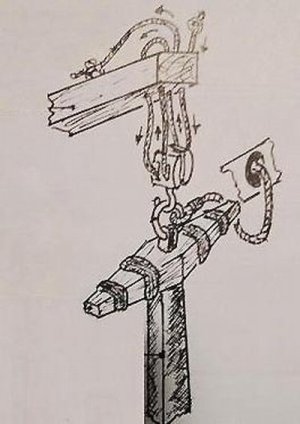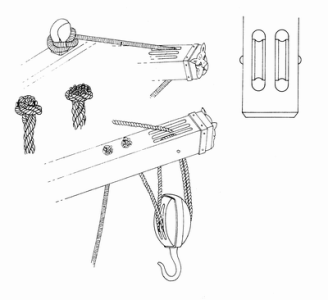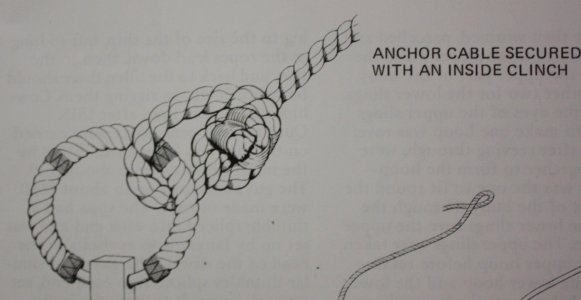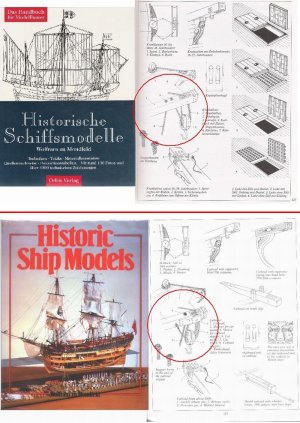Hi all,
My first post here. I am new to building model ships. I am trying to rig the falls from the cathead to the anchor and cannot work out a satisfactory method. Where does the rope start and how is it rigged around the sheaves?
Any tips gratefully received.
Cheers
Jim
My first post here. I am new to building model ships. I am trying to rig the falls from the cathead to the anchor and cannot work out a satisfactory method. Where does the rope start and how is it rigged around the sheaves?
Any tips gratefully received.
Cheers
Jim














